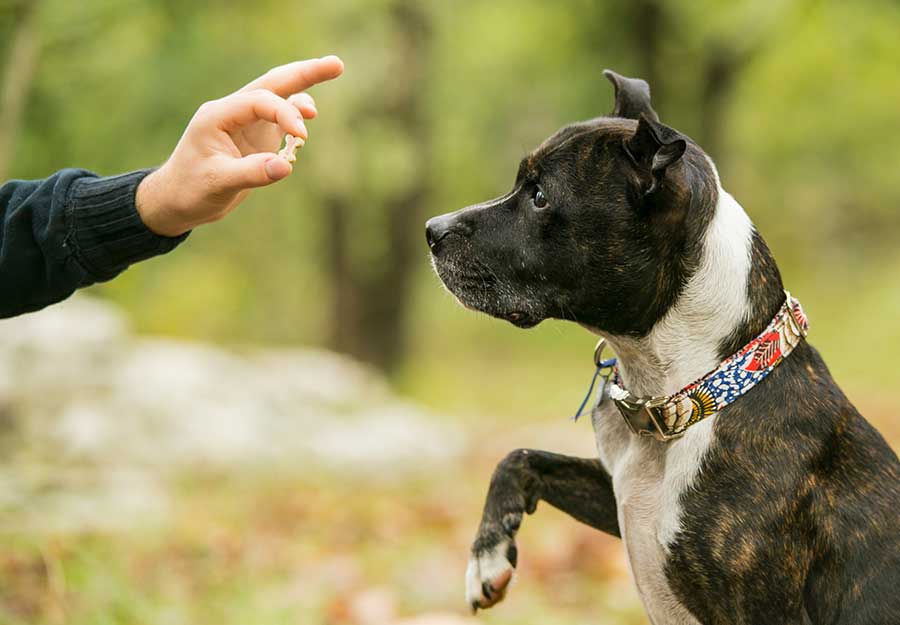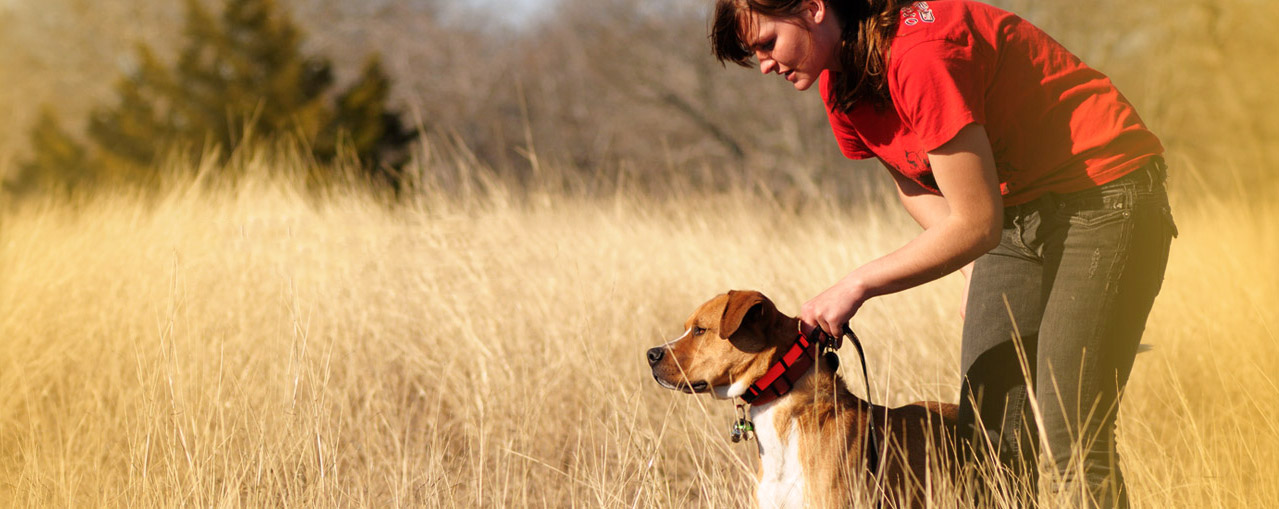The Ultimate Overview to Dog Training: Building a Pleased, Loyal Pet
Efficient pet dog training is a multifaceted process that pivots on a deep understanding of canine behavior and the application of proven strategies. By embracing positive support and regular command use, family pet owners can grow not just obedience yet also a solid, trusting relationship with their pet dogs.

Recognizing Pooch Actions
Exactly how does a canine's behavior reflect its mental and psychological state? A pet dog's actions can act as a window into its feelings, needs, and general emotional health. As an example, a wagging tail normally signifies joy and exhilaration, while a reduced tail might suggest concern or entry. In a similar way, vocalizations such as barking or grumbling can connect a selection of emotions, from joy to distress.
Body language likewise plays an essential function in comprehending canine habits. An unwinded posture and open mouth signal convenience, whereas strained muscle mass and pinned ears might suggest anxiousness or aggressiveness. Observing these signals is necessary for determining the source of a dog's actions, whether it originates from stress, anxiety, or excitement.
Additionally, a pet dog's communication with its environment and other animals can supply insight right into its mood. For instance, a canine that involves happily with various other canines is most likely sensation social and safe, while one that shows avoidance or aggressiveness might be experiencing tension or insecurity. Recognizing these behavior hints is important for cultivating a solid relationship between the proprietor and the family pet, ultimately adding to the pet dog's emotional wellness and wellness.
Necessary Training Methods
Effective pet dog training techniques are important for cultivating preferable actions and enhancing the bond between a canine and its proprietor. Making use of favorable support is just one of one of the most effective approaches, where benefits such as treats, praise, or playtime are offered to enhance wanted actions (Dog training). This motivates the canine to repeat those actions, developing a favorable discovering atmosphere
Uniformity is another critical aspect in canine training. Commands must be consistent and clear, and all member of the family have to use the same regulations to avoid perplexing the canine. Timing is just as important; benefits should be given quickly after the wanted habits to establish a clear link between the benefit and the action.
In addition, appealing and brief training sessions work, as canines have differing interest periods. Go for sessions of 5 to 15 minutes, relying on the canine's age and power degree. Integrating play into training can also enhance inspiration and satisfaction for both the proprietor and the pet.
Finally, perseverance is vital. Pets learn at their own speed, and maintaining a calm behavior will aid relieve disappointment, making certain a positive training experience. These important strategies prepared for effective canine training and an unified connection.
Fundamental Commands to Educate

Usage deals with, praise, and play to reward your pet's successes. By instilling these fundamental commands, proprietors outfit their pet dogs with the skills essential for a mannerly and harmonious partnership.
Dealing With Usual Behavioral Issues
Understanding and dealing with typical behavioral problems in canines is vital for fostering a harmonious relationship in between family pets and their owners. Numerous dogs show actions such as too much barking, chewing, or hostility, which can originate from anxiousness, dullness, or absence of proper training. Recognizing the origin of snake aversion training near me these behaviors is the very first step toward efficient treatment.
For instance, excessive barking might suggest a need for interest or a response to environmental stimuli. In such situations, owners ought to assess the pet's setting and provide sufficient mental stimulation, such as interactive toys or normal workout. Chewing can often be managed by rerouting the behavior to proper eat things and ensuring that the dog has enough exercise to decrease monotony.
Aggressive actions requires cautious handling and might require expert training aid. It's important to recognize that penalty can exacerbate anxiety and aggressiveness, resulting in a cycle of behavior issues. Rather, concentrate on favorable support techniques to compensate preferable actions and reinforce a sense of safety.
Structure a Favorable Training Setting
Creating a positive training atmosphere is essential for enhancing desirable behaviors in canines and alleviating behavior concerns. This setting must be identified by consistency, encouragement, and a clear understanding of the training objectives. By developing a routine, canines learn what is expected of them, which helps in reducing stress and anxiety and complication.
Making use of favorable support methods, such as deals with, praise, and play, promotes a feeling of security and motivation in the pet. Rewarding etiquette quickly and constantly reinforces the wanted actions, making the training procedure more efficient - dog training charlotte. Additionally, trainers ought to continue to be patient and calm, as dogs are sensitive to their trainers' emotions
The training area need to be devoid of interruptions to make sure the pet dog can concentrate on the tasks at hand. Consider using a quiet space or a secure exterior location. Incorporating play and socialization into training sessions advertises a well-rounded method, boosting view the dog's knowing experience.
Eventually, a favorable training setting nurtures a solid bond in between the dog and handler, bring about an obedient, happy family pet. By prioritizing this atmosphere, animal proprietors can effectively address behavioral challenges and cultivate a successful training trip.
Verdict
Reliable dog training relies upon a thorough understanding of canine habits and the application of favorable reinforcement techniques. By understanding necessary commands and dealing with behavior concerns with perseverance and clear interaction, owners can cultivate a solid bond with their family pets. Developing an encouraging training environment boosts safety and security and trust, eventually leading to the growth of a joyful and well-behaved friend. Adopting these principles makes certain a fulfilling training experience for both dogs and their proprietors.
Effective pet dog training is a complex process that hinges on a deep understanding of canine behavior and the application of tested methods. A pet that engages happily with other dogs is likely feeling protected and social, while one that shows evasion or aggression may be experiencing stress or instability.Efficient dog training techniques are vital for cultivating preferable habits and strengthening the bond between a pet dog and its owner.Creating a favorable training atmosphere is fundamental for reinforcing desirable actions in canines and mitigating behavioral concerns.Effective dog training counts on an extensive understanding of canine actions and the application of positive support therapy dog programs near me methods.